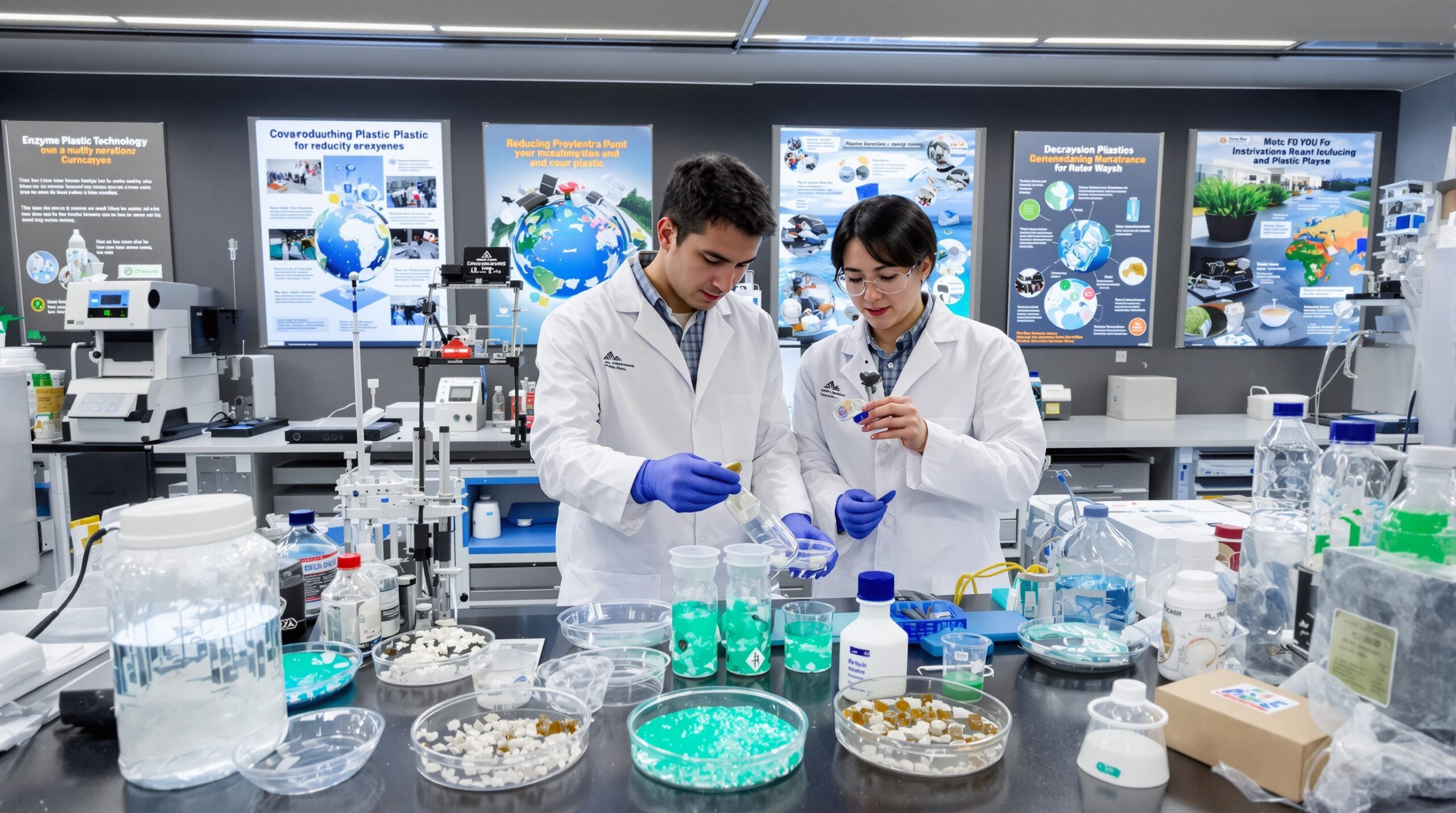Plastic pollution remains one of the most pressing environmental concerns worldwide. Every year, millions of tons of plastic waste accumulate in landfills and oceans. Traditional recycling methods often fail to keep up with the relentless pace of plastic production. Incineration and landfill storage present additional health and environmental hazards. The need for a sustainable, efficient approach has never been greater.
Understanding the Scope of the Plastic Waste Crisis
The ubiquity of plastic affects nearly every aspect of modern life, from packaging to clothing and electronics. Despite the convenience plastics provide, their durability means many persist in the environment for centuries. Microplastics have infiltrated marine ecosystems, the food supply, and even the atmosphere. Wildlife suffers as animals ingest or become entangled in debris. Human health risks are tied to consumption and exposure to plastic particles. Reducing plastic waste requires not only better usage habits but also innovative scientific solutions.
The Discovery of Plastic-Degrading Enzymes
Scientific research has uncovered certain bacteria and fungi capable of breaking down plastic polymers. These microbes produce specialized enzymes that can degrade materials like polyethylene terephthalate (PET). The first significant discovery, Ideonella sakaiensis, emerged from a Japanese recycling center in 2016. This bacterium secretes two enzymes that work together to convert PET back into its basic components. Initial studies showed promise, but the natural process was slow and inefficient on an industrial scale.
Engineering More Efficient Enzymes
Biotechnologists have since focused on improving the performance of plastic-degrading enzymes through genetic engineering and protein optimization. By analyzing the enzyme structure at the atomic level, researchers identified changes that increase their speed and stability. Teams at the University of Portsmouth and the US Department of Energy’s National Renewable Energy Laboratory engineered a “super enzyme” that works six times faster than its natural counterpart. These advanced enzymes allow for more practical, scalable recycling processes.
The New Breakthrough: Rapid Plastic Degradation
Recent breakthroughs have culminated in the creation of enzymes that can break down commonly used plastics in days rather than years. In 2022, researchers announced a synthetic enzyme called FAST-PETase. This enzyme can achieve nearly complete degradation of PET items in less than a week at moderate temperatures. The process does not require toxic chemicals or high energy inputs, making it environmentally friendlier than conventional recycling.
How Enzyme Technology Reduces Plastic Waste
The new enzyme technology targets some of the most challenging plastics, such as polyester materials used in bottles, textiles, and packaging. When plastics are introduced to the engineered enzyme solution, the polymer chains break into their basic monomers. These building blocks can then be separated, purified, and reused for new plastic production. This “circular” recycling allows materials to be repurposed indefinitely without degrading quality. Consequently, less virgin plastic is needed, and waste is reduced at the source.
Industrial Applications and Pilot Programs
Several companies are racing to commercialize this technology. Carbios, a French biotech firm, has built pilot plants capable of processing tons of PET waste using enzyme-driven recycling. Major brands like PepsiCo and L’Oréal have partnered with such innovators to create more sustainable supply chains. The process has the potential to handle colored, multilayered, and contaminated plastics, which are not compatible with traditional mechanical recycling.
Addressing Limitations and Scaling Challenges
While enzyme technology offers numerous advantages, some challenges remain. Not all plastics are equally susceptible to enzymatic degradation. Polyolefins, such as polyethylene and polypropylene, make up a large portion of plastic waste, but are resistant to current enzyme treatment. Research continues into identifying and developing new enzymes for these tough materials. Additionally, scaling up production while maintaining cost-effectiveness presents logistical hurdles.
Environmental Impact and Sustainability Benefits
Enzyme-based recycling promises multiple environmental benefits over existing disposal options. Fewer plastics will end up in natural ecosystems, reducing threats to wildlife and fisheries. Carbon emissions are lower compared to incineration and chemical recycling methods. The closed-loop system reduces reliance on fossil fuels, as used plastics become the primary resource for new products. This innovation supports the growing circular economy movement and aligns with global waste reduction targets.
Future Prospects: Toward a Plastic-Free World
The future of plastic waste management looks far more promising with the ongoing advancements in enzyme technology. As researchers perfect these biological tools, more types of plastics will be recyclable using eco-friendly methods. Legislative bodies are starting to recognize and support new biotechnological solutions through funding and favorable policies. Consumer awareness is also rising, pressuring manufacturers to invest in circular models and greener practices.
Integrating Enzyme Technology with Existing Infrastructure
Successful adoption of this technology requires integration with existing waste collection and recycling systems. Facilities must adapt to handle enzymatic processes alongside mechanical and chemical recycling methods. Public-private partnerships can help with infrastructure upgrades and workforce training. Collaboration between scientists, industry leaders, and policymakers remains essential for smooth implementation at scale.
Conclusion: Enzyme Innovation Redefines Plastic Recycling
The development of new enzyme technologies marks a turning point in the global fight against plastic waste. By enabling true circular recycling, these breakthroughs minimize reliance on raw materials and protect environmental health. Continued research, investment, and collaboration will drive further improvements and greater adoption. A cleaner, more sustainable future is possible through science-driven solutions to plastic pollution.

